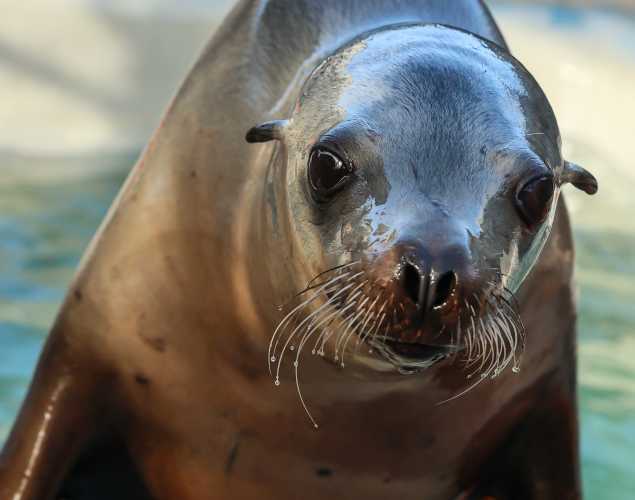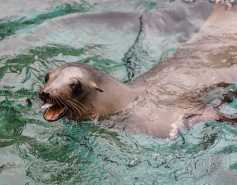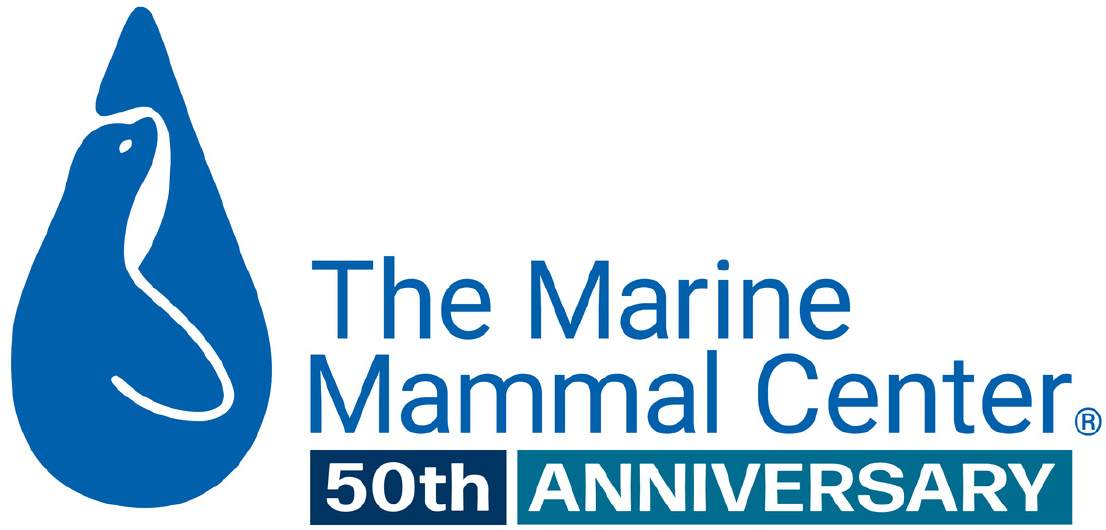
Detection and Characterization of Diverse Coccidian Protozoa Shed by California Sea Lions
- Parasites
Abstract
Tissue-cyst forming coccidia in the family Sarcocystidae are etiologic agents of protozoal encephalitis in marine mammals including the federally listed Southern sea otter (Enhydra lutris). California sea lions (Zalophus californianus), whose coastal habitat overlaps with sea otters, are definitive hosts for coccidian protozoa provisionally named Coccidia A, B and C. While Coccidia A and B have unknown clinical effects on aquatic wildlife hosts, Coccidia C is associated with severe protozoal disease in harbor seals (Phoca vitulina). In this study, we conducted surveillance for protozoal infection and fecal shedding in hospitalized and free-ranging California sea lions on the Pacific Coast and examined oocyst morphology and phenotypic characteristics of isolates via mouse bioassay and cell culture. Coccidia A and B were shed in similar frequency, particularly by yearlings. Oocysts shed by one free-ranging sea lion sampled at Año Nuevo State Park in California were previously unidentified in sea lions and were most similar to coccidia infecting Guadalupe fur seals (Arctocephalus townsendi) diagnosed with protozoal disease in Oregon (USA). Sporulated Coccidia A and B oocysts did not replicate in three strains of mice or in African green monkey kidney cells. However, cultivation experiments revealed that the inoculum of fecally-derived Coccidia A and B oocysts additionally contained organisms with genetic and antigenic similarity to Sarcocystis neurona; despite the absence of detectable free sporocysts in fecal samples by microscopic examination. In addition to the further characterization of Coccidia A and B in free-ranging and hospitalized sea lions, these results provide evidence of a new role for sea lions as putative mechanical vectors of S. neurona, or S. neurona-like species. Future work is needed to clarify the distribution, taxonomical status, and pathogenesis of these parasites in sea lions and other marine mammals that share their the near-shore marine environment.
Girard, Y.A., Johnson, C.K., Fritz, H.M., Shapiro, K., Packham, A.E., Melli, A. C., Carlson, Bremer, D., Gulland, F., Rejmanek, D., Conrad, P.A. 2016. Detection and characterization of diverse coccidian protozoa shed by California sea lions. International Journal for Parasitology: Parasites and Wildlife. 5(2016): 5-16
Related Publications
{"image":"\/Animals\/Patients\/California sea lions\/csl-by-bill-hunnewell-c-the-marine-mammal-center-1.jpg","alt":"California sea lion eating a fish","title":"New Technique for Diagnosing Lung Parasite Infections in Sea Lions","link_url":"https:\/\/www.marinemammalcenter.org\/publications\/new-technique-for-diagnosing-lung-parasite-infections-in-sea-lions","label":"Research Paper"}

{"image":"\/Animals\/Wild\/Sea otter\/sea-otter-shutterstock.jpg","alt":"sea otter eating shellfish","title":"Parasite-Associated Hepatitis in Southern Sea Otters","link_url":"https:\/\/www.marinemammalcenter.org\/publications\/parasite-associated-hepatitis-in-southern-sea-otters","label":"Research Paper"}

{"image":"\/Animals\/Wild\/Other species\/dolphin-shutterstock.jpg","alt":"Two dolphins","title":"Brain Parasites in South African Dolphins","link_url":"https:\/\/www.marinemammalcenter.org\/publications\/brain-parasites-in-south-african-dolphins","label":"Research Paper"}

{"image":"\/Animals\/Patients\/Elephant seals\/cropped-images\/es-by-bill-hunnewell-c-the-marine-mammal-center-3-2-1214-3454-3512-1600891002.jpg","alt":"northern elephant seal","title":"Diagnostic Tests for Lungworm-Infected Northern Elephant Seals","link_url":"https:\/\/www.marinemammalcenter.org\/publications\/diagnostic-tests-for-lungworm-infected-northern-elephant-seals","label":"Research Paper"}

Related News
{"image":"\/People\/Action\/Veterinary care\/csl-bottlecap-radiograph-exam-anesthesia-sarcosystis-by-giancarlo-rulli-c-the-marine-mammal-center.jpg","alt":"california sea lion under anethesia surrounded by medical staff","title":"Hakai Magazine: How Terrestrial Turds Lead to Marine Maladies","link_url":"https:\/\/www.marinemammalcenter.org\/news\/hakai-magazine-how-terrestrial-turds-lead-to-marine-maladies","label":"In the News","date":"2024-01-02 01:00:00"}

{"image":"\/Misc\/cropped-images\/plastic-ocean-pollution-shutterstock-663-6-3817-2982-1610388542.jpg","alt":"plastic debris floating just under the surface of the water","title":"USA Today: Deadly Pathogens Can Hitch a Ride on Ocean Microplastics, Raising Alarm Bells","link_url":"https:\/\/www.marinemammalcenter.org\/news\/usa-today-deadly-pathogens-can-hitch-a-ride-on-ocean-microplastics-raising-alarm-bells","label":"In the News","date":"2022-04-28 02:00:00"}

USA Today: Deadly Pathogens Can Hitch a Ride on Ocean Microplastics, Raising Alarm Bells
April 28, 2022
Read More